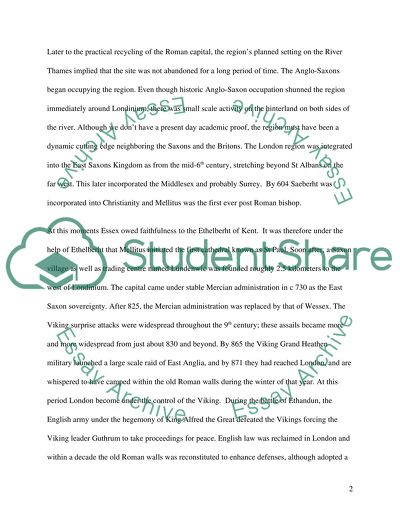Cite this document
(“London Essay Example | Topics and Well Written Essays - 1000 words”, n.d.)
Retrieved de https://studentshare.org/history/1529950-london
Retrieved de https://studentshare.org/history/1529950-london
(London Essay Example | Topics and Well Written Essays - 1000 Words)
https://studentshare.org/history/1529950-london.
https://studentshare.org/history/1529950-london.
“London Essay Example | Topics and Well Written Essays - 1000 Words”, n.d. https://studentshare.org/history/1529950-london.


